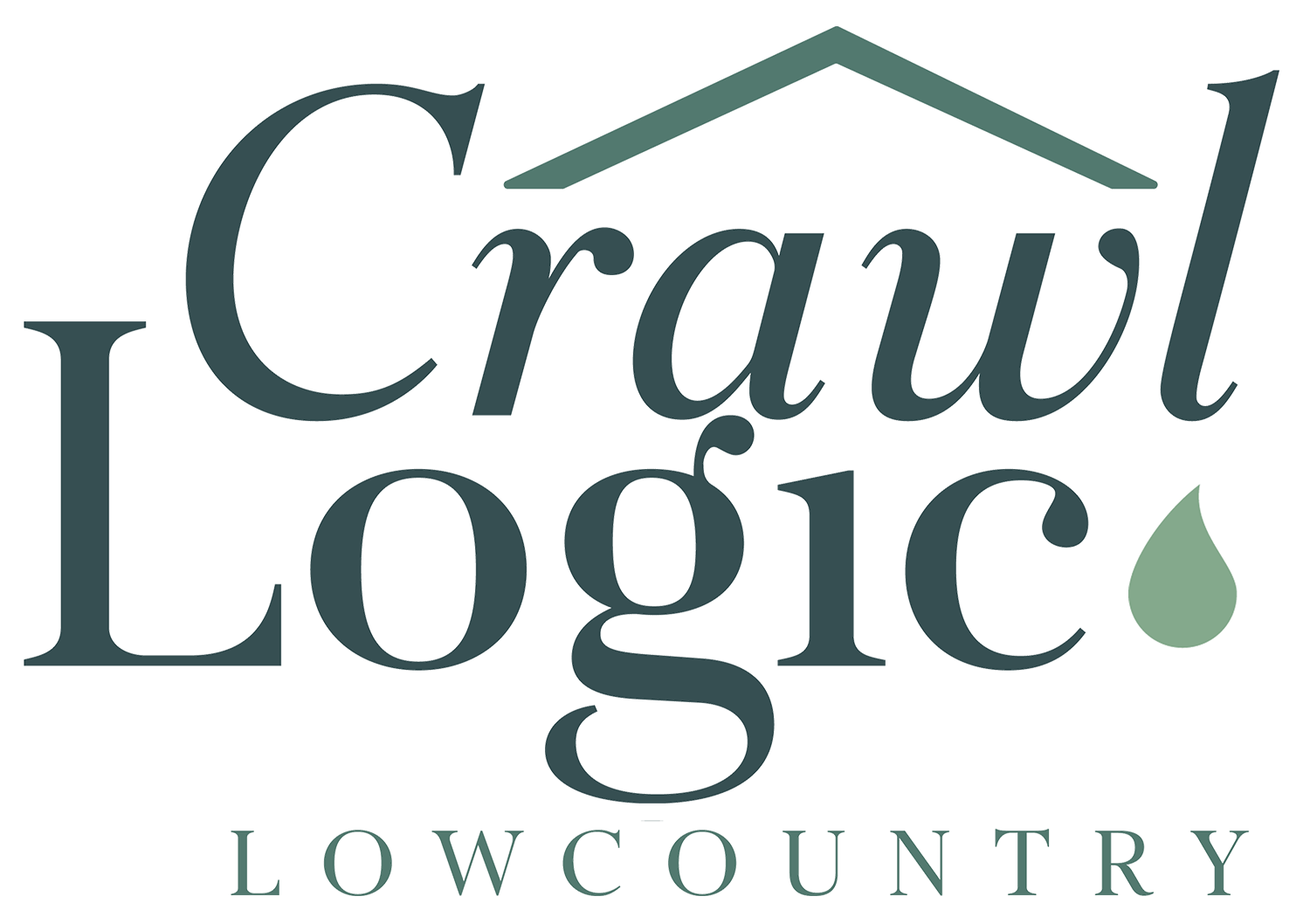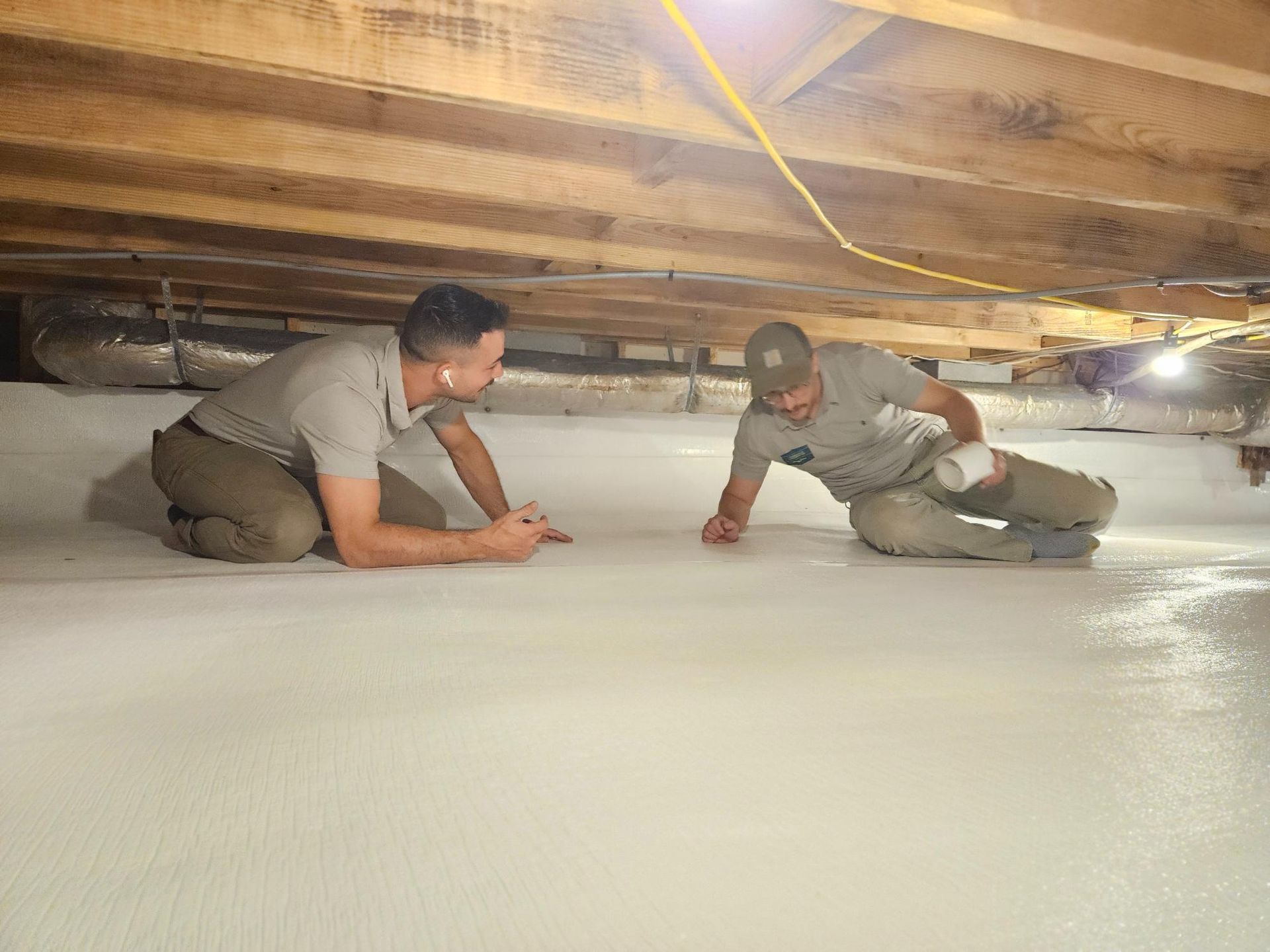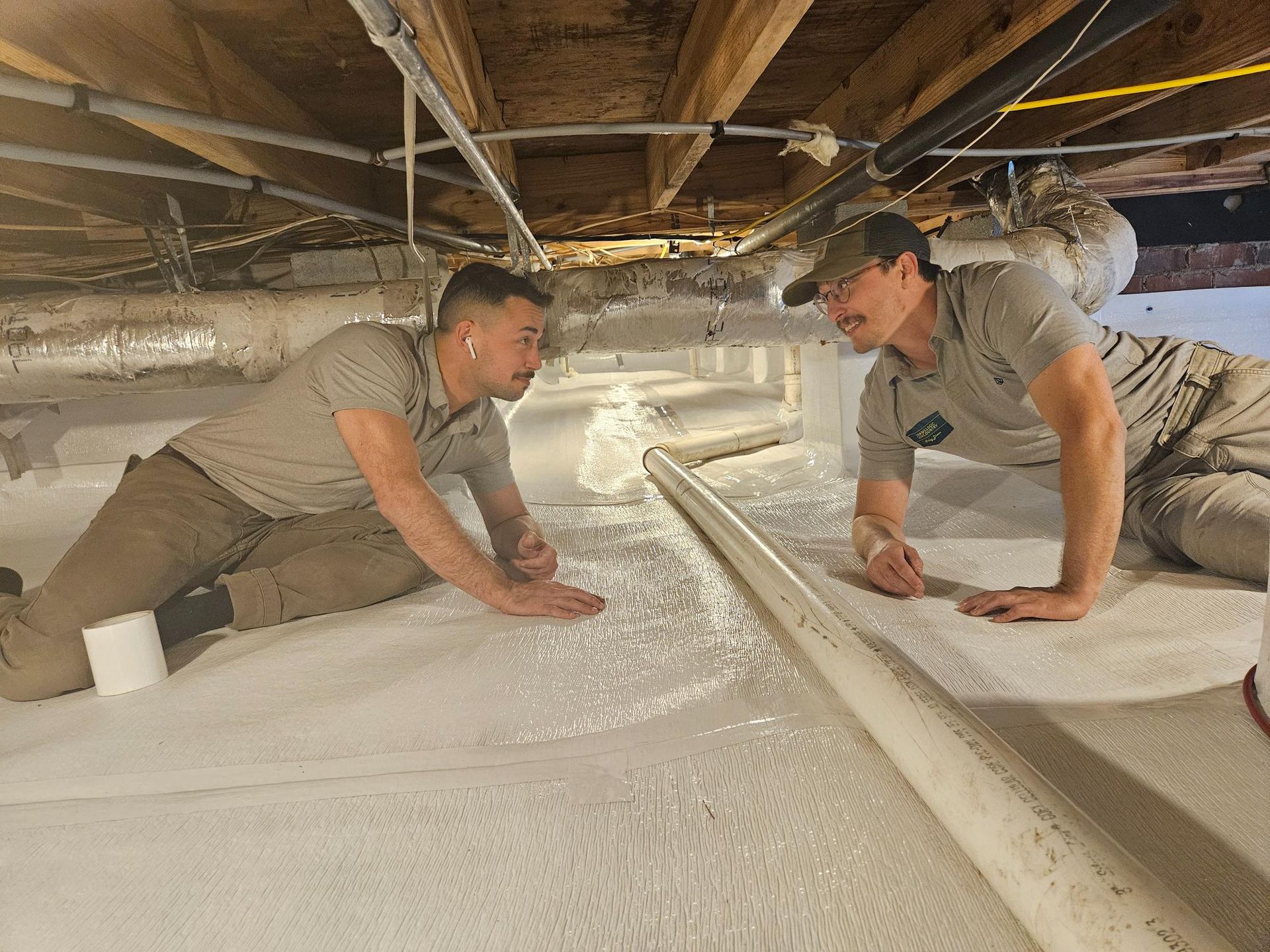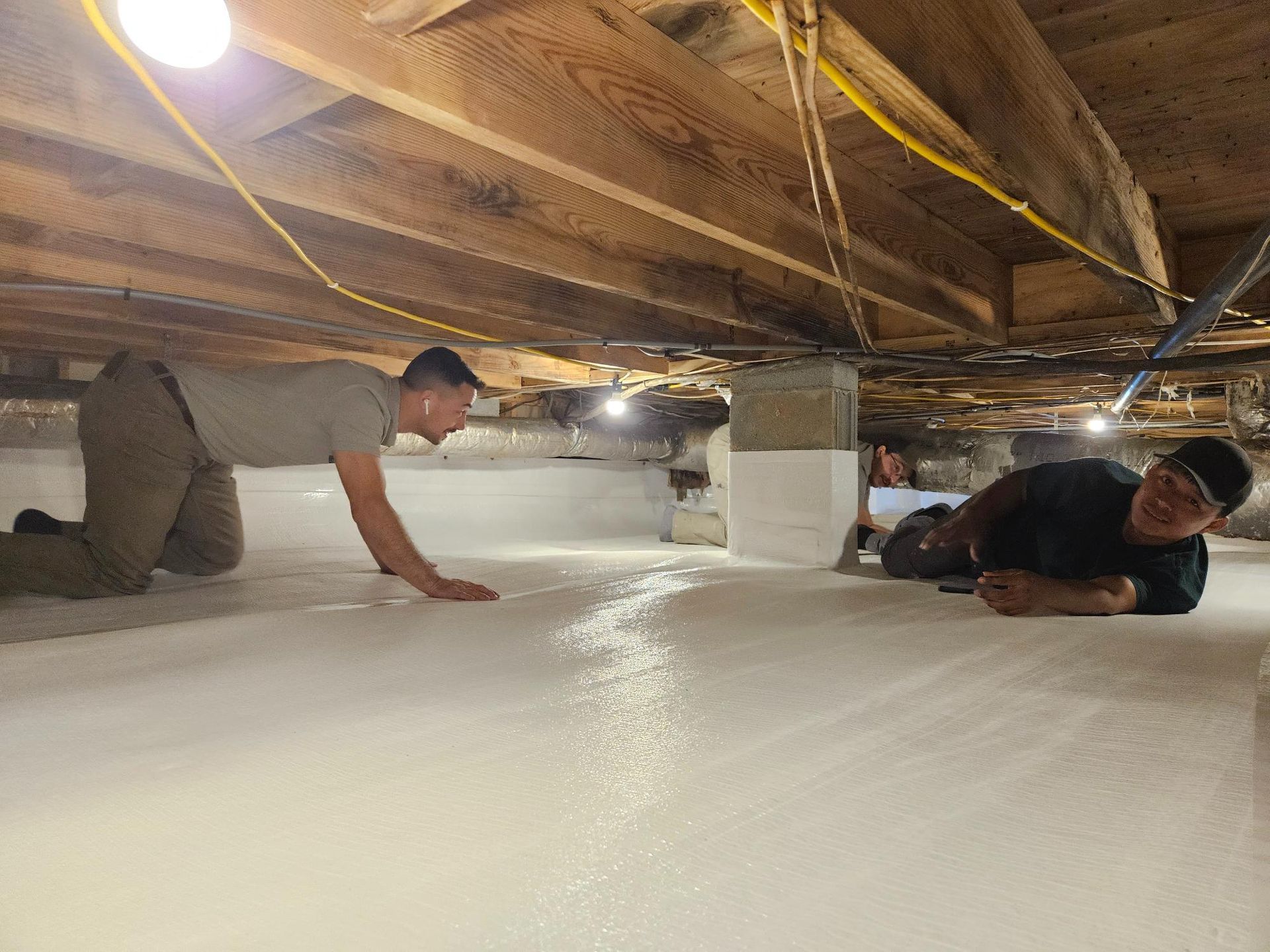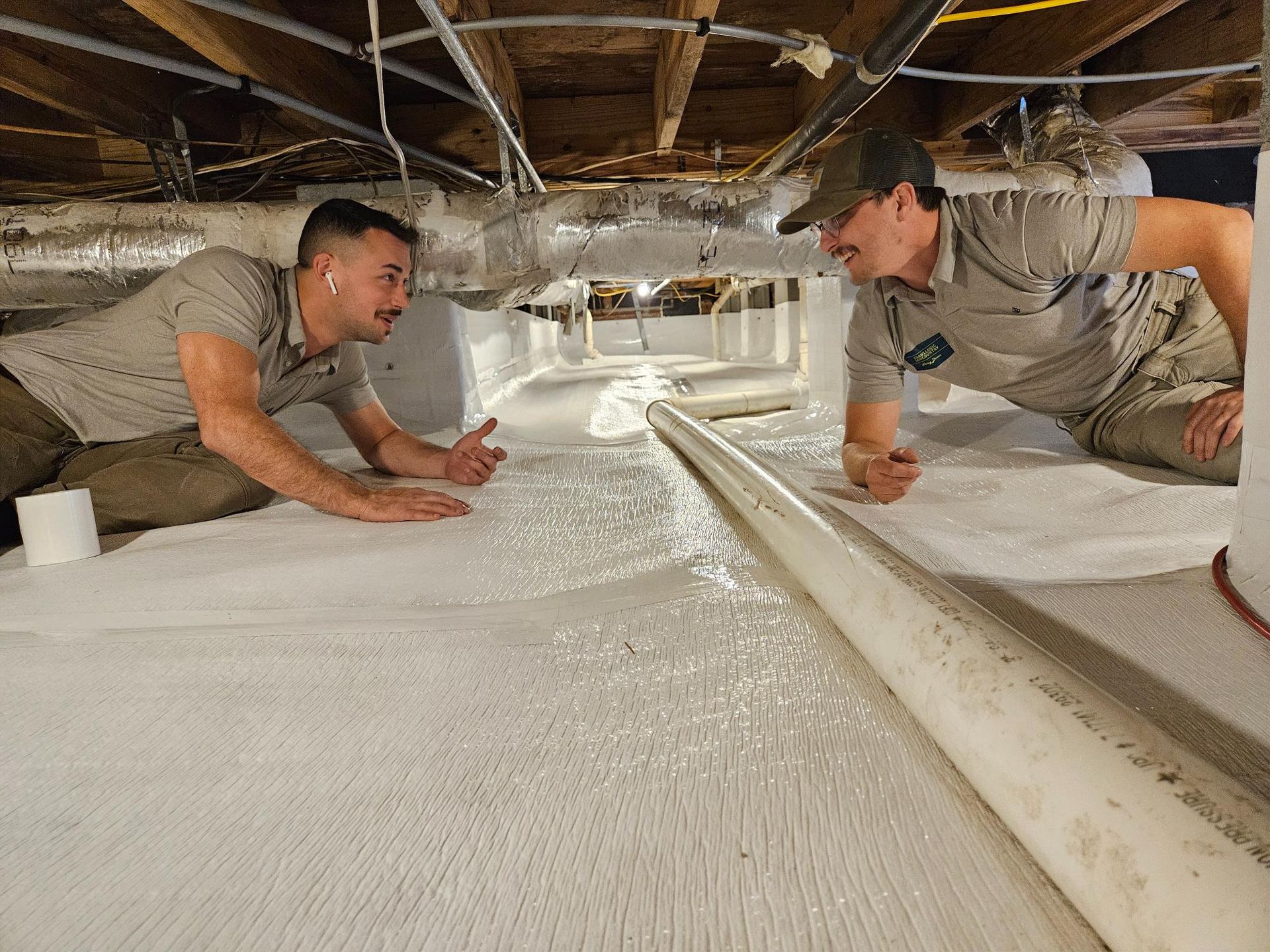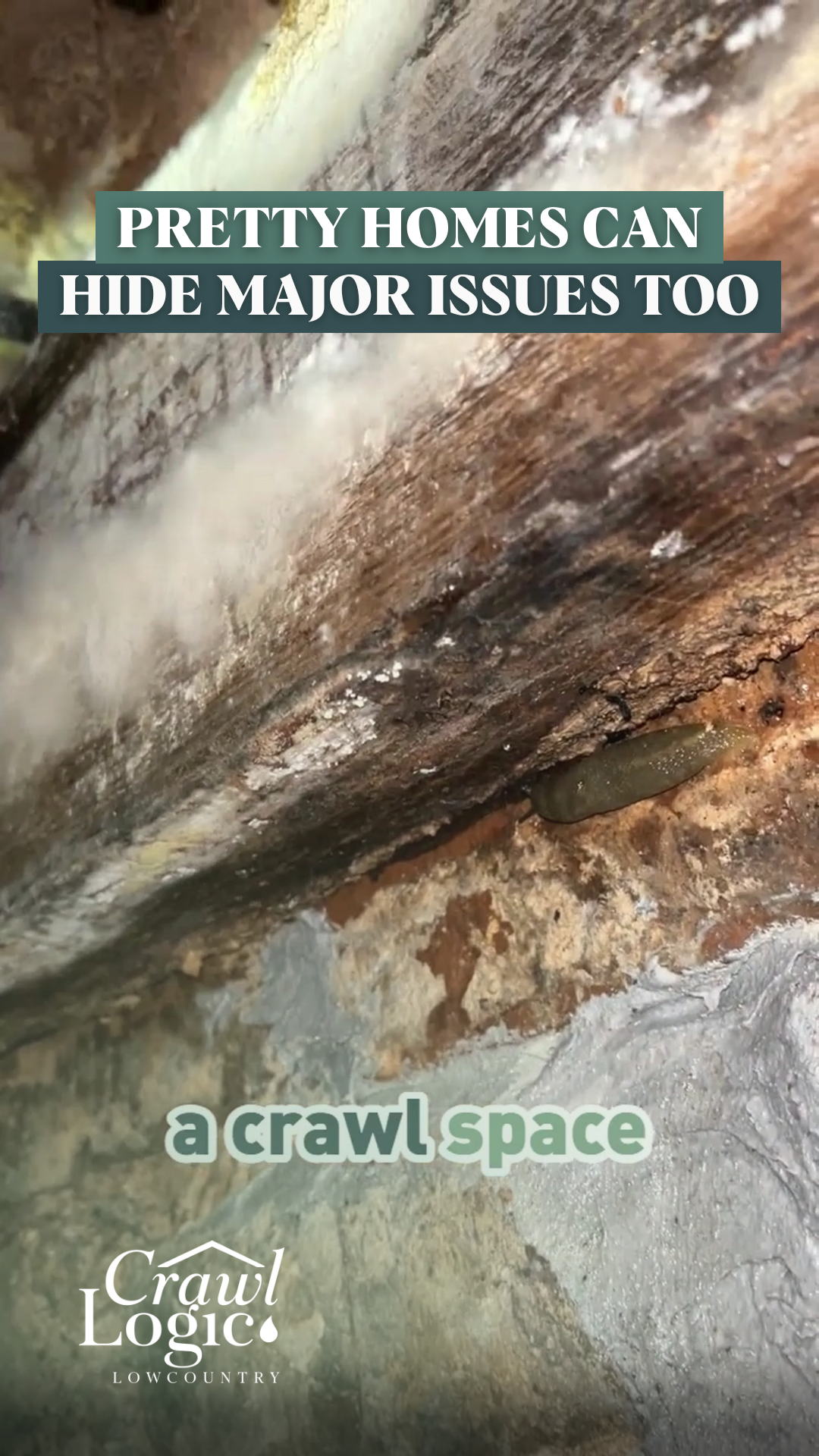The Surprising Truth About Moving Floors in Charleston Homes
Crawl Logic Lowcountry
What's Really Causing Your Floor Problems?
IT MIGHT NOT BE YOUR FOUNDATION AFTER ALL
You know that moment of panic when you first notice your floors aren't quite right?
Maybe they're starting to bow, or there's some weird cupping going on.
First thought that runs through your head?
"Oh no, foundation problems."
But hang on - before you start getting quotes for expensive foundation work, there's something you need to know.
Here's a fact that might surprise you: A lot of what people think are structural issues with their floors actually comes down to something much simpler - moisture.
And no, I'm not just trying to make you feel better.
There's solid science behind this.
Welcome to Crawl Logic Lowcountry!
Understanding Wood and Moisture
Think about this for a second: When carpenters need to bend wood for something like a boat or an archway, what do they do? They steam it. Because when wood gets wet, it becomes flexible and starts to move. This isn't some construction industry secret - it's just basic physics that's been used by craftsmen for centuries.
Now, apply that same principle to your home's floors. When moisture levels in your crawl space get too high, that same process starts happening to your floor joists and subfloor. The wood starts absorbing moisture, and just like in the carpenter's workshop, it begins to move and flex. The big difference? In boat building, this is intentional. In your home? Not so much.
Common Floor Problems Explained
Let's break down what's actually happening when your floors start acting up. Bowing, cupping, sagging - these all sound like structural problems, right? But here's the thing: wood is like a sponge. When it soaks up moisture, it doesn't just get wet - it changes shape.
Take cupping, for example. That's when your floorboards start to curve up at the edges. People see this and immediately think something's wrong with their foundation. But really? It's just moisture making the wood swell. Same goes for bowing and sagging. When wood gets wet enough, it gets flexible - just like those steam-bent boat parts we talked about.
The Charleston Connection
Living in Charleston, we've got a perfect storm for these issues. Our humidity is no joke, and our crawl spaces? They're basically moisture magnets. When you combine our coastal climate with poor crawl space ventilation, you're practically inviting moisture problems.
I can't tell you how many Charleston homeowners I've met who were ready to spend tens of thousands on foundation work, when their real problem was just poorly managed crawl space moisture. It's especially common in older homes downtown and in areas closer to the water.
Identifying the Real Culprit
So how do you know if your floor problems are moisture-related instead of structural? First, look for patterns. Are the issues worse during humid seasons? That's a big clue. Does the problem seem to improve during drier weather? Another sign pointing to moisture.
Here's a quick test: check your crawl space humidity levels. If they're above 60%, you've likely found your culprit. And while you're down there, look at your wood moisture content. Anything above 15% means your wood is soaking up more water than it should. These are the real numbers that matter, not how many support piers you have.
Solutions and Prevention
Here's the good news: moisture problems are usually a lot easier (and cheaper) to fix than foundation issues. Instead of spending tens of thousands on foundation work, you might just need proper moisture control in your crawl space.
Think about it this way: you wouldn't leave your boat out in the rain without a cover, right? So why let your home's foundation space stay wet? The solution usually comes down to three main things:
- Getting your crawl space properly encapsulated
- Installing the right dehumidification system
- Making sure water drains away from your home
And the best part? Once you get the moisture under control, many of these floor problems actually correct themselves as the wood dries out and returns to its natural state.
The Only Way Forward
Listen, if there's one thing I want you to take away from this, it's that not every floor problem means you need major foundation work. Sometimes the answer is simpler than you think. Could you have foundation issues? Sure. But wouldn't you rather know for sure before spending thousands on fixes you might not need?
If you're noticing changes in your floors, start with a proper crawl space inspection. At Crawl Logic, we'll give you the straight truth about what's really going on under your home. We're not here to sell you foundation repairs if what you really need is moisture control.
Need someone to take a look at your floors and crawl space? Give us a call. We'll help you figure out what's actually causing the problem - and more importantly, how to fix it right the first time.


